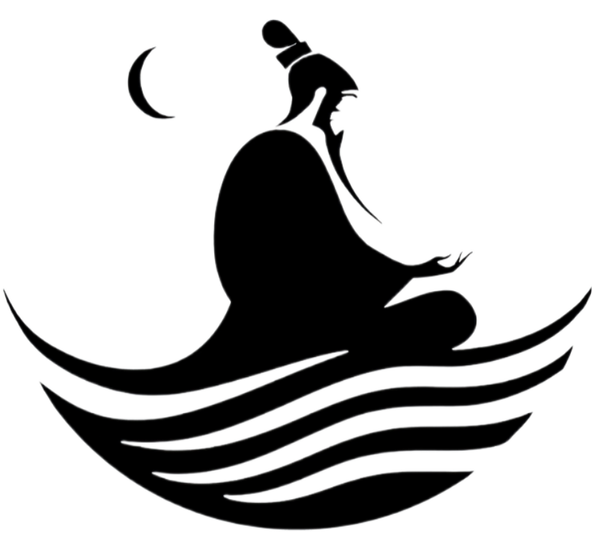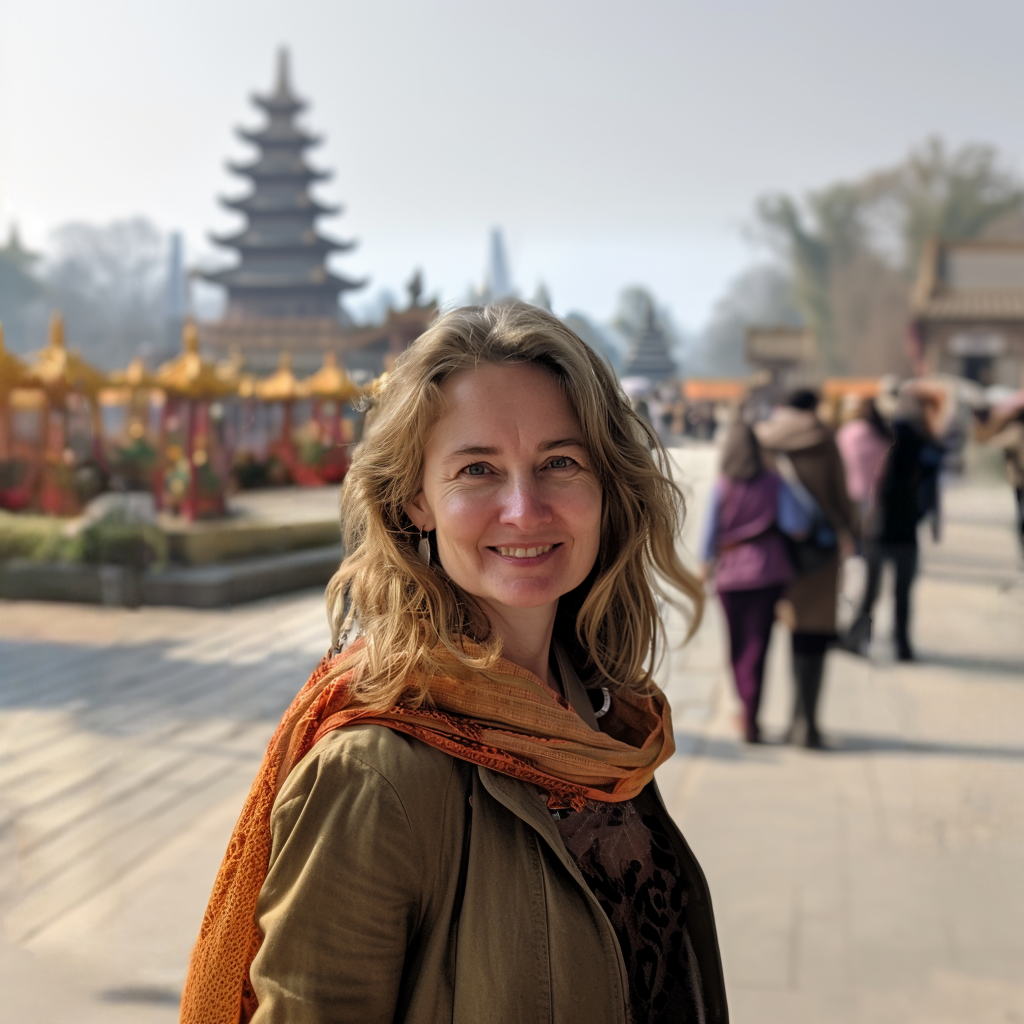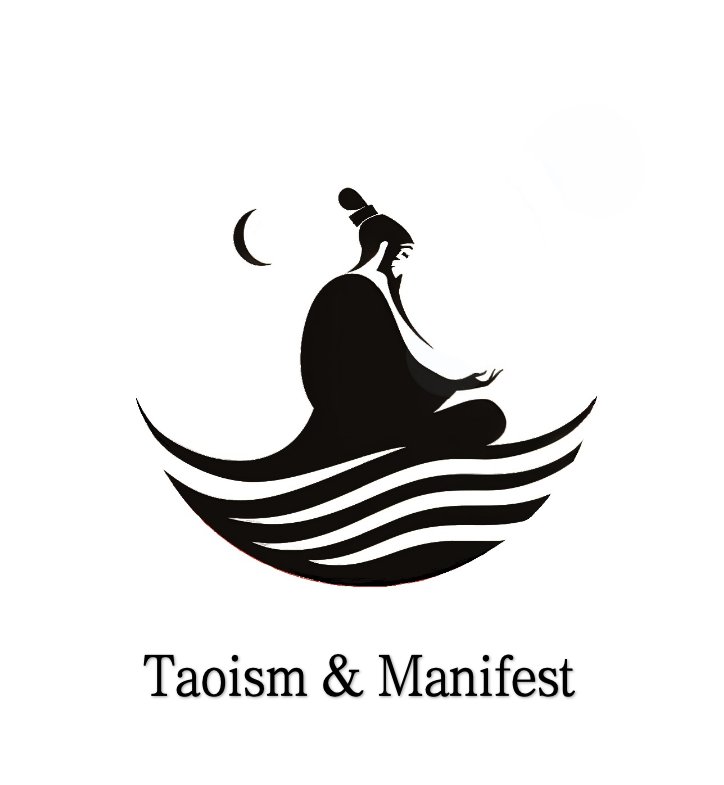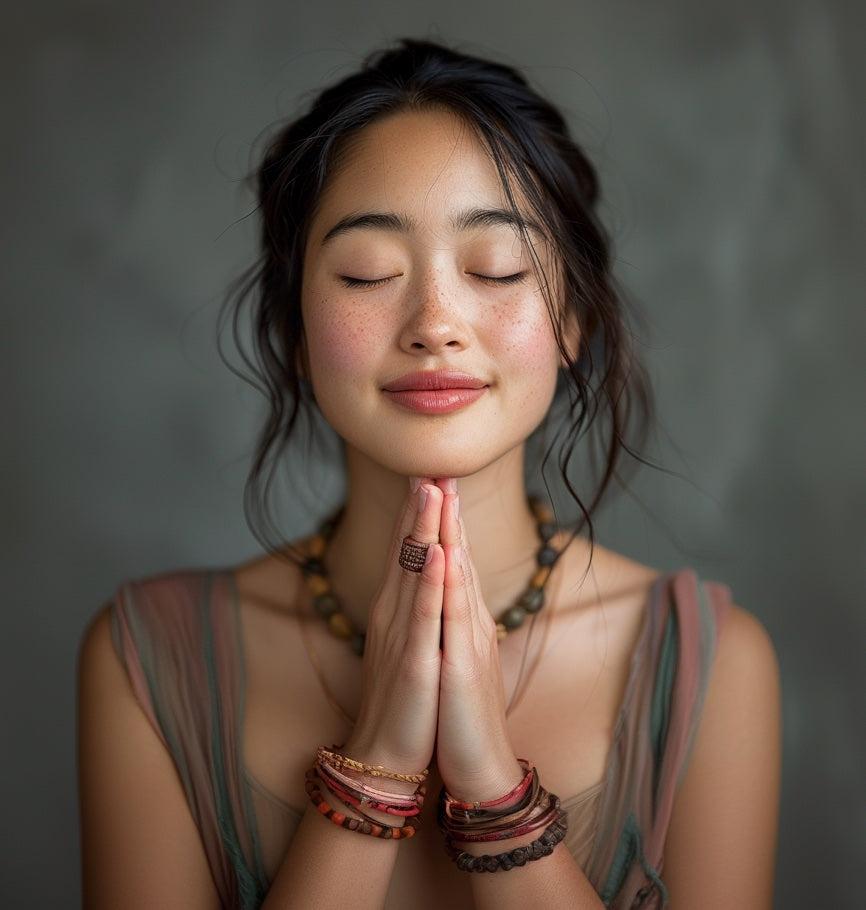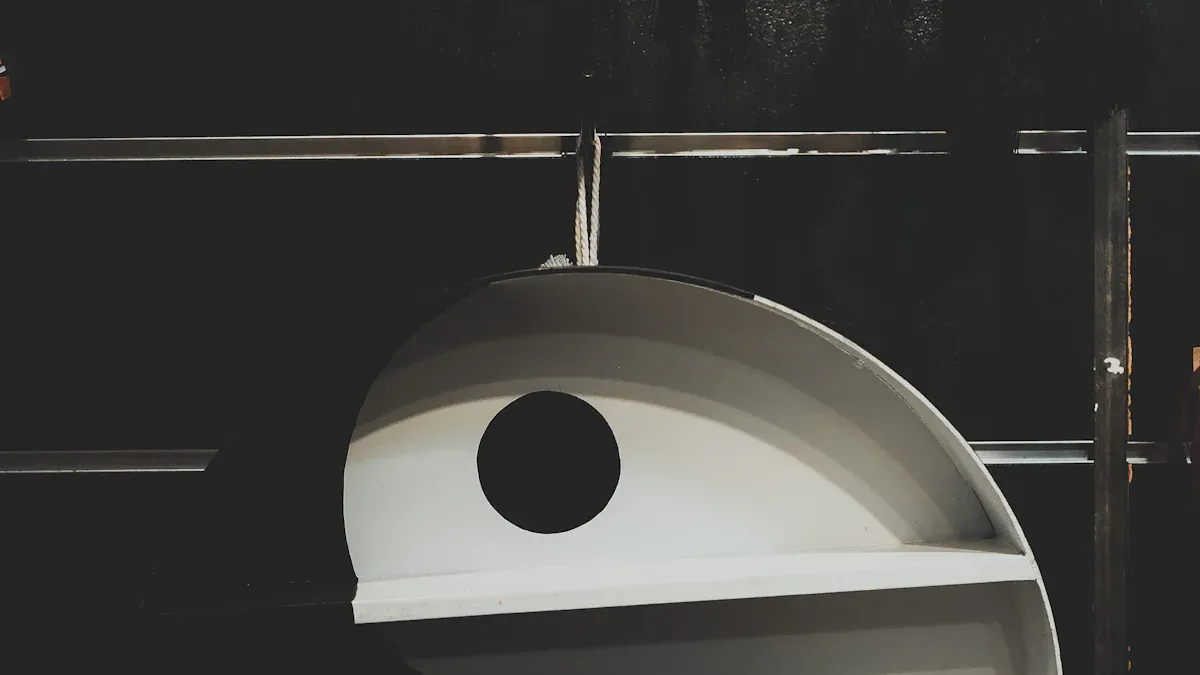
Taoism teaches you that true well-being comes from flowing with your own energy, not forcing yourself against it. Each day, you may notice highs and lows in how you feel. This is your natural rhythm at work. When you start to honor these natural rhythms, you often experience:
More energy during the day
Better focus and productivity
Improved mood and sleep
By tuning into these cycles, you allow your mind and body to find balance and harmony. Let yourself move with the flow, and see how life begins to feel lighter.
Key Takeaways
Taoism tells you to follow your own energy cycles. You should not force yourself. This helps you feel calm and balanced.
Your body has times when you have more or less energy. If you notice these patterns, you can plan your day better. You can focus more and rest when you need to.
Taoist mindfulness means things like mindful breathing and meditation. These help you stay calm and keep your energy steady.
Change your routine to fit your energy. Work when you have lots of energy. Rest when you feel tired. This stops you from getting too tired.
Accept that your energy changes. Use effortless action, called Wu Wei. This helps you feel less stress and more happiness.
Taoist Foundations
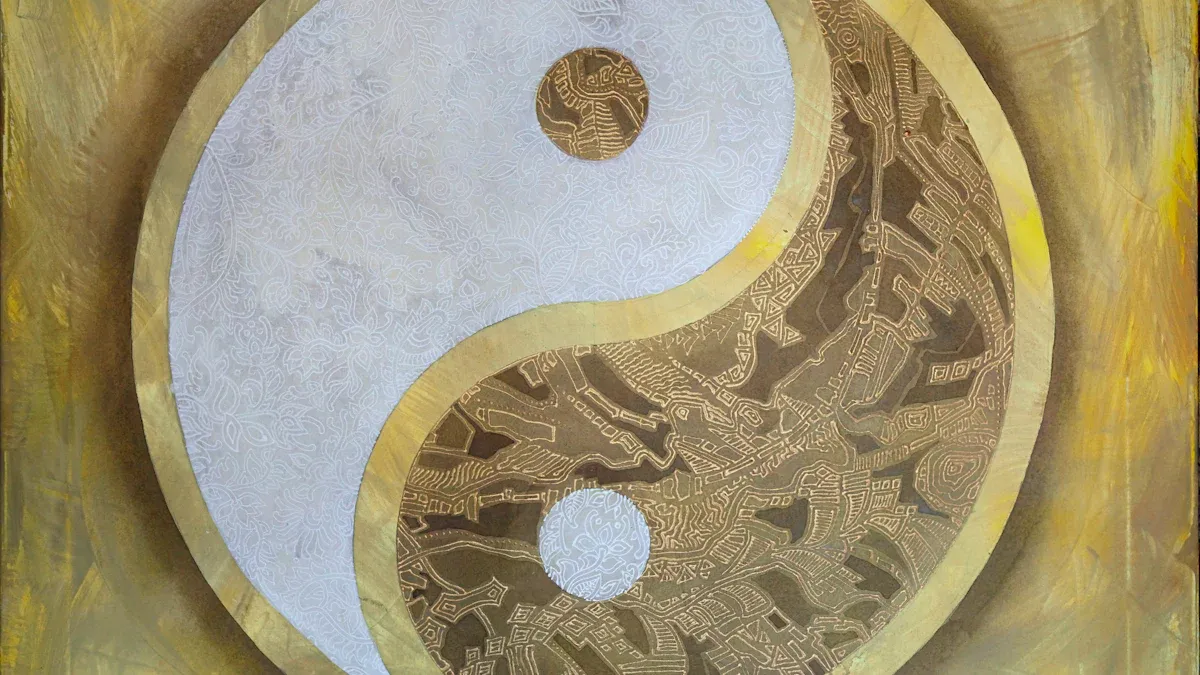
Taoism and Natural Rhythms
You can see that taoist philosophy draws inspiration from the world around you. Taoism teach that the universe moves in cycles, not in straight lines. (To explore how individual reflection aligns with universal cycles, see relevant article: What Taoism Teaches About the Power of Being Alone)The Tao Te Ching, a classic text of taoist philosophy, describes the tao as the source and flow behind everything. It guides the seasons, the tides, and even your own energy. When you pay attention to these cycles, you start to notice how your body and mind follow similar patterns. The Tao Te Ching reminds you that “Man follows the earth. Earth follows the universe. The universe follows the tao. The tao follows only itself.” This shows how everything connects through natural rhythms and the tao.
Yin and Yang
Taoist philosophy focus on balancing yin and yang. (For more on how the balance of yin and yang influences interpersonal dynamics, see relevant article: Taoism and the Art of Letting Go in Relationships) These are two sides of the same coin. Yin is cool, quiet, and restful. Yang is warm, active, and bright. The Tao Te Ching and other taoist philosophy texts explain that yin and yang always interact. They never exist alone. You can see this in your daily life. When you rest at night (yin), you recharge for activity during the day (yang). This constant dance creates a state of balance. The Tao Te Ching uses many examples from nature to show how balancing yin and yang leads to harmony. When you search for balance, you help your qi flow smoothly and support your well-being.
Wu Wei
Wu Wei is a key idea in taoist philosophy. (Dive deeper into the practice of Wu Wei with practical examples, see relevant article: Taoist Approach to Anxiety Living Through Wu Wei)It means effortless action. The Tao Te Ching often compares Wu Wei to water. Water flows around obstacles without force, yet it shapes mountains over time. When you practice Wu Wei, you act in harmony with the tao. You do not push against the natural flow. Instead, you let things unfold. This helps you avoid extremes and maintain equilibrium. Cultivating Wu Wei means you trust the tao and your own cycles. You allow your qi to move freely, which brings a sense of peace. The Tao Te Ching teaches that by embracing effortless action, you can achieve more with less effort. This approach encourages you to relax, breathe, and enjoy the present moment. When you live this way, you honor the tao and support your own state of balance.
Recognizing Energy Cycles
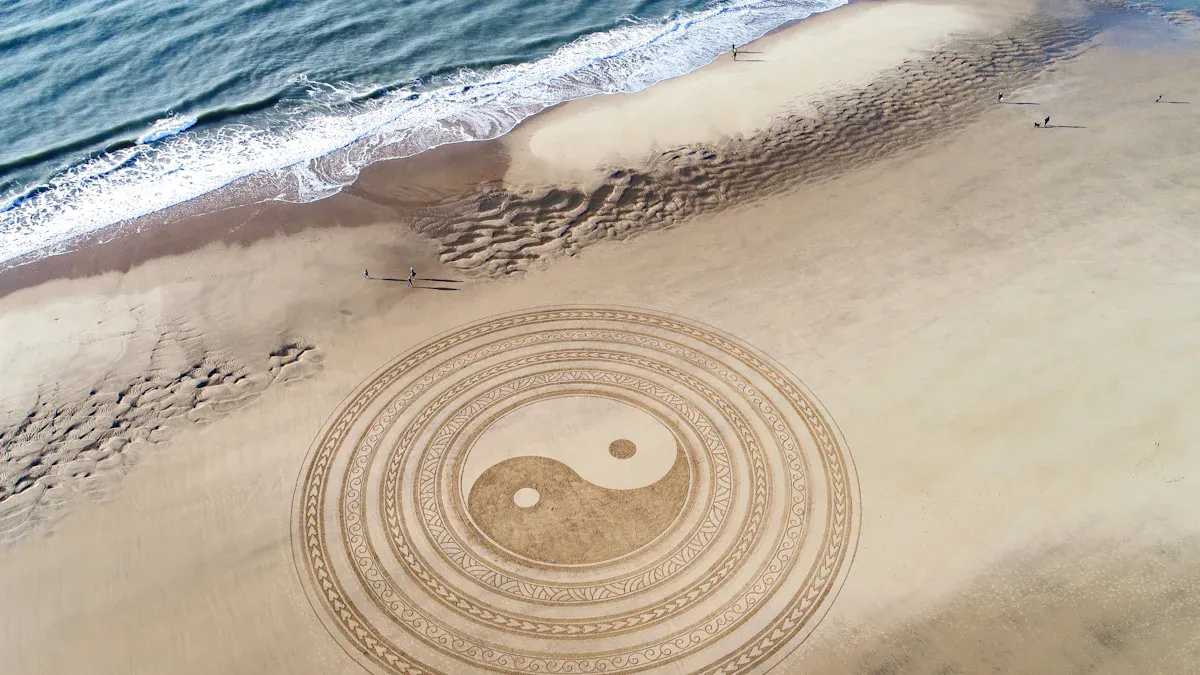
Observing Daily Highs and Lows
You have probably noticed that your energy does not stay the same all day. Sometimes you feel alert and ready to move. Other times, you feel tired or slow. These highs and lows are a normal part of your daily rhythm. Taoism calls this “go with the natural rhythm” (顺其自然节奏). (Learn how to apply these principles to urban living, see relevant article: How Taoism Helps You Slow Down and Enjoy City Life) When you pay attention to these changes, you start living in harmony with nature.
Scientists have found that your body follows a daily cycle. Your energy often drops late at night and early in the morning. This happens because your body’s clock, called the circadian rhythm, controls when you feel sleepy or awake. Light from the sun helps set this clock. If you keep regular sleep and meal times, you help your body stay in alignment with nature. When you eat breakfast, your body burns more energy than if you eat the same meal at night. This shows how your energy changes during the day.
You can track your own energy by noticing when you feel most awake. Try writing down your energy levels every few hours for a few days. You might see a pattern. Many people feel a burst of energy in the morning, a dip after lunch, and another rise in the afternoon. These periods of activity and rest help your body stay balanced.
Tip: If you feel low energy in the afternoon, take a short walk or rest. If you feel alert in the morning, use that time for important tasks.
Nature’s Patterns
Nature moves in cycles. The seasons change from spring to summer, then to fall and winter. Water flows in rivers, sometimes rushing, sometimes calm. Taoist texts use these patterns as metaphors for your own energy. The yin-yang symbol shows how energy shifts from active (yang) to restful (yin) and back again. Each part contains a seed of the other, showing that change is always happening.
Taoist philosophy describes the “circle of Tao.” This means that everything returns to its source. Your energy rises, falls, and rises again, just like the sun each day. In nature, a tree grows leaves in spring, rests in winter, and repeats the cycle. You can see your own highs and lows as part of this natural flow.
As you grow older, your energy patterns may change. Children and teens often have more energy and move a lot. Adults may notice their energy drops more often, especially after age 39. Older adults spend more time sitting and less time walking. This is a normal part of living in harmony with nature. When you accept these changes, you can adjust your day to match your energy.
Remember: Change is natural. When you notice your own cycles, you can plan your day to fit your energy. This helps you feel more balanced and peaceful.
Practical Strategies
Mindfulness Practices
You can use Taoist mindfulness to help you live in tune with your energy cycles. Taoist traditions focus on gentle awareness and living in harmony with nature. The idea of Wu Wei, or effortless action, guides you to move with the flow of life instead of fighting against it. This approach helps you find balance and peace in your daily rhythm.
Here are some Taoist mindfulness practices you can try:
Practice Taoist breathing exercises, such as embryonic breathing. This helps you notice your breath and feel your energy.
Try meditation techniques like zuo wang, which means "sitting and forgetting." Sit quietly, let your thoughts drift away, and focus on being present.
Use mindful breathing during daily activities. Take a few slow breaths before you start a task or when you feel stressed.
Explore emptiness meditation or burning meditation. These help you let go of worries and return to a calm state.
Remember, Taoist mindfulness is not about strict rules. You can listen to your body and follow your own natural rhythm.
Studies show that Taoist meditation can help your brain and body relax. You may notice you feel more alert but calm. Your heart rate and breathing may slow down, which supports energy regulation. Many people say they feel more balanced after practicing these techniques.
Tip: Start with just five minutes of mindful breathing each day. Notice how your energy shifts and how your mind feels clearer.
Adapting Routines
You can adjust your daily routine to match your energy cycles. This helps you use your energy wisely and avoid burnout. Taoist wisdom teaches you to observe your own rhythm and make small changes for better balance.
Try these steps to adapt your routine:
Track your energy for a few days. Write down when you feel most awake and when you feel tired.
Plan important or creative tasks during your high-energy times. Save simple or routine work for low-energy periods.
Take regular breaks. For example, work for 25 minutes, then rest for 5 minutes. This keeps your mind fresh.
Eat balanced meals and move your body. A short walk can help you recover from an energy dip.
Use technology to help you. Some apps can remind you to take breaks or track your energy.
Stay flexible. If your energy changes, adjust your plan. You can always return to your routine later.
Make rest a priority. Sleep and short naps help restore your energy and creativity.
By following these steps, you support balancing work and life. You also create more space for balance in your day. When you match your routine to your natural rhythm, you feel more in control and less stressed.
Remember: Your energy is unique. What works for someone else may not work for you. Trust your own rhythm and make changes that feel right.
Acceptance and Letting Go
Taoism teaches you the value of accepting what is. The principle of Wu Wei, or effortless action, reminds you to let go of pushing too hard. When you feel low energy, you can choose to rest instead of forcing yourself to keep going. This helps you find balance between activity and rest.
You can practice acceptance and letting go in these ways:
Notice when your energy drops. Instead of feeling frustrated, accept this as part of your natural cycle.
Use mindfulness to let go of stress or worry. Sit quietly and allow your thoughts to pass by without holding on.
Remember that balancing yin (rest) and yang (activity) is key. Both are important for your well-being.
Spend time in nature. Watch how the seasons change and how everything has its own time to grow and rest.
Be patient with yourself. Trust that your energy will return. Letting go of control can bring more peace.
Note: Accepting what is does not mean giving up. It means working with your energy, not against it. This gentle approach helps you stay calm and balanced, even during low-energy times.
By practicing Wu Wei, you learn to move with the flow of life. You stop fighting against your own rhythm. This brings more balance, peace, and joy to your everyday experience.
Taoism in Daily Life
Work and Rest Balance
You can use the wisdom of tao to create a better balance between work and rest. The Tao Te Ching teaches that work (yang) and rest (yin) are both important. When you follow Taoist philosophy, you learn to alternate between activity and relaxation. This helps you avoid burnout and keeps your energy steady. Many people try to keep up with a nonstop pace, but taoism shows that balancing work and life means listening to your own rhythm.
Here are some ways to practice balancing work and life:
Notice when you feel most focused. Use this time for important tasks.
Take short breaks to rest your mind and body.
Let Wu Wei guide you. Work with your energy, not against it.
Plan your day around your natural highs and lows.
"Wu Wei is about effortless action—like paddling a canoe downstream, letting the current guide you with small adjustments." (Tao Te Ching)
Relationships and Energy
The Tao Te Ching teach that relationships also need balance. You can use Wu Wei to let your connections flow naturally. Try to be present and listen to others. Speak only when you feel it is needed. This helps you avoid drama and keeps your energy strong. The tao reminds you to value differences and let each person be themselves.
Practice compassion and humility in your conversations.
Respect each person's rhythm and needs.
Let go of rigid expectations. Allow relationships to grow at their own pace.
Remember, balancing work and life includes your social life too.
Self-Care with Natural Rhythms
Self-care is a key part of balancing work and life. The Tao Te Ching encourages you to rest when you feel tired and move when you feel active. Wu Wei means trusting your instincts and acting without force. You can try simple practices like mindful breathing, tai chi, or spending time in nature. These help you return to your center and find balance.
Practice daily mindfulness to notice your energy.
Alternate between activity and rest to keep your energy steady.
Simplify your life to reduce stress and mental clutter.
Connect with nature to restore your spirit.
Living in harmony with nature and following the tao brings the value of living in harmony into every part of your day. When you use Wu Wei and the teachings of the Tao Te Ching, you discover that balancing work and life is not just a goal—it is a way of being. You honor your own rhythm and support your well-being.
When you follow your energy cycles the Taoist way, you feel calmer. You become stronger and happier in your daily life. You learn to accept changes as they come. You make your routine simpler and easier. Each day becomes a chance to grow and learn. When you practice mindfulness and gentle self-care, you help your body and mind. Try to watch your own rhythm each day. Test out some Taoist-inspired habits. You might start to feel more peaceful and full of energy as you go through life.
FAQ
What is the Taoist idea of living in tune with your energy cycles?
You listen to your body and mind. You notice when you feel active or restful. You follow your natural rhythm instead of forcing yourself to work or rest at the wrong times.
How can I find my own daily energy rhythm?
You can keep a simple journal. Write down when you feel most awake or tired. After a few days, you will see a pattern. This helps you plan your day better.
Can Taoist practices help me feel less stressed?
Yes! Taoist practices like mindful breathing and gentle movement help you relax. You learn to accept your rhythm. This makes stress easier to handle.
Do I need special tools to practice Taoist mindfulness?
No special tools are needed. You can sit quietly, breathe deeply, or walk in nature. You only need your attention and a willingness to notice your rhythm.
Is it okay if my rhythm changes as I get older?
Yes, your rhythm can change over time. This is natural. You can adjust your habits as your energy shifts. Accepting these changes helps you stay balanced and happy.
See Also
Taoism and The Art of Letting Go in Relationships
